When you use a recipe calculator — either a software package such as ProMash, BeerTools, BeerSmith, StrangeBrew or QBrew or any of a number of online recipe calculators — it uses a hop utilization curve to calculate how many IBUs result from boiling x units of hops (at y% alpha acids) for z minutes. For example, if you boiled one ounce of Cascade hops (at 7% alpha acids) for 1 minutes, you’d get one number. If you boiled that same ounce of hops for 15 minutes, you’d get a larger number. If you plotted these numbers from 0 minutes to, say, 90 minutes in 1-minute increments, you’d have a hop utilization curve for 1 ounce of hops at 7% alpha acids. Each recipe calculator either has a proprietary hop utilization curve, or allows you to select among some known curves. These go by names such as Tinseth, Garetz, Mosher, Rager, etc., named for the person who constructed the curve. Some software packages additionally let you select a curve to compensate for the boil gravity (as hop utilization decreases as wort density increases). Many homebrewers, when confronted with the variety of options ask a simple question — which curve is the most accurate?
Archives for August 2013
American Hoppy Ales: Fermentation and Conclusion
This is the final installment of the American hoppy ales series, covering American pale ales, IPAs and double IPAs. Previous articles have discussed general water needs, the chloride to sulfate ratio, malt selection, wort production, suitable hop varieties, hopping during the boil, hopping outside of the boil and how much hops to add. There has also been a water treatment supplement and a primer on wort production using malt extract, as well as example recipes for an America pale ale, an American IPA and a double IPA clone.
The overall focus of brewing an American hoppy ale is to showcase the hops. So it’s no surprise that your approach to fermentation is to preserve as much of the hop character as possible. Overall, fermenting these ales differs little from fermenting any ale — there are just a few extra things to consider to go the final distance in pursuit of perfect hoppiness. At times, the differing requirements might seem to be at cross purposes, but keep in mind that the overarching goal is a healthy, ordered fermentation.
Stone Double Dry Hopped Ruination Clone
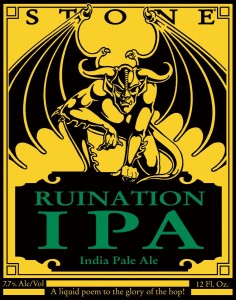
Stone Ruination IPA, a classic double IPA. Stone Brewing Co. also released some double dry hopped versions of this beer.
Do you like hoppy beers? Well then here’s one for you — Stone’s Ruination IPA (a double IPA) with a double dry hop option. A lot of hops go into this beer, so you’ll want to think about how to separate the wort from the hop debris — whether by giving the chilled wort time to settle, bagging the hops, using a hop screen in the kettle or a hop jack before the chiller. Secondly, try to expose the beer to as little oxygen as possible when dry hopping to retain the freshest hop aroma. This recipe is presented in both all-grain and extract (partial mash) versions, in both English and metric units.
Stone Double Dry Hopped Ruination IPA Clone
(Double IPA)
All-grain version, English units
recipe from Mitch Steele, Brewmaster, Stone Brewing Co.
DESCRIPTION
Described by Stone as, “A liquid poem to the glory of the hop,” Ruination is big, hoppy double IPA with a huge hop aroma. Stone has also released Ruination in a few Double Dry Hopped versions.
Core Brewing Expands
The largest capacity brewery on the rapidly expanding northwest Arkansas brewing scene has just gotten a bit bigger. Core Brewing of Springdale, Arkansas hosted a party this past weekend in its new building, which houses a new tasting room and vessels to increase production.
The new 1,500 square foot tasting room features a roomy bar, dart room, lounge, and outdoor seating. It’s a big step up from the previous 400 square foot space. Among the beers on tap this weekend were an IPA, Oktoberfest, American wheat, Bohemian pilsner, raspberry lager, and a black IPA. [Read more…]
Simple Yeast Starter
One of the most important factors in brewing a quality beer is pitching an adequate amount of yeast. If you pitch enough yeast to a well-aerated wort, the fermentation will start promptly, limiting the opportunity for contaminants to grow. It will proceed in an orderly fashion — not slowing to a crawl or “sticking” at a higher than desired final gravity. And the yeast will deliver the flavor and aroma it is supposed to, not make an overly-estery brew.
One way to ensure that you are pitching enough yeast is to make a properly-sized yeast starter. The basic idea is that you make a small volume of wort in order to raise sufficient yeast cells to pitch to your main batch of wort.
Simple 3-Gallon All-Grain Brewing
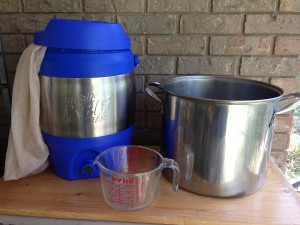
Here’s all you need to make 3 gallons (11 L) of all-grain wort — a 3-gallon (11-L) beverage cooler with a large steeping bag, a measuring cup and a 5-gallon (19-L) brewpot.
It was 103 °F (39 °C) yesterday, but I went ahead and brewed anyway. Did I sweat my way through a brewday on my porch, with my brewing rig, making 10 gallons (38 L) of wort while swatting mosquitoes and fighting to stay hydrated? No, I brewed inside, in air-conditioned comfort, watching Shark Week during my breaks. I did it by making 3-gallons (11 L) of all-grain beer using a 3.0-gallon (11-L) beverage cooler as a lauter tun and my normal extract brewing stuff. Here’s what I did.
Last week, I decided to brew my porter. However, I knew it was going to be hot out, and at first I thought I’d make a 5.0-gallon (19-L), partial mash batch in my kitchen. I had a 2.0-gallon (~8-L) beverage cooler that held 4.0 lbs. (1.8 kg) of grain and have made many 5-gallon (19-L) stovetop partial mash batches using it as a mash/lauter tun. Then, when looking around at what equipment I had — especially my 3-gallon beverage cooler (I like cold beverages, sue me) — I figured out an easy way to make an all-grain, 3-gallon (11-L) batch.
Sour Success at Fossil Cove
If you remember from a couple of weeks ago, Ben Mills, brewer at Fossil Cove Brewing in Fayetteville, Arkansas, stepped out of his comfort zone to try brewing a 100% sour mash beer — the first of its kind in the area. The wort coming off the sour mash after three days was a bit odd, but the final results are proving very tasty.
The recipe is based on a two-gallon batch of sour beer that I brewed for an episode of Basic Brewing Video. Ben raised the volume to two barrels on his professional system. [Read more…]
American Hoppy Ales: Hop Amounts
This is the eighth installment in our series on American pale ales, American IPAs and double IPAs. The series began on July 28.
Once you know the best hop varieties to use in an American hoppy ale, and the ways they can be added during the boil and beyond, all that is left is to figure out how much to add. As we’ve seen, there are many ways to get hops into your beer, and I can’t cover every possible permutation. What I’ll do is give recommendations for beers based on the common homebrew three-addition hop schedule, with a bittering addition early in the boil, a flavor addition with approximately 15 minutes left in the boil and an aroma addition at the very end of the boil. Given the topic, I’ll also discuss dry-hopping.
Using these recommendations, you can construct a recipe that’s “to style” for any of these beers, and use this as a starting point to tweaking and refining your own favorite recipe. Although the following “rules of thumb” work well, I’m not suggesting that other approaches won’t work.
Roswell IPA
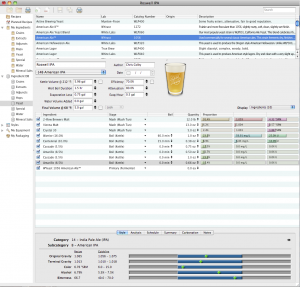
This is a by-the-numbers West Coast IPA. Moderately dry, firmly bitter and very floral, it’s more drinkable than it’s 7.1% ABV would suggest.
As an example for the series on American hoppy ales, here is my American IPA recipe. It’s a straight ahead West Coast-style IPA that features three American hops — Centennial, Cascade and Amarillo — that work together. (It’s bittered with another American hop, the high-alpha variety Warrior.) Everything in the recipe is designed to prominently feature the hops while still delivering a very quaffable beer. Both all grain and extract (partial mash) versions are given, in both English and metric units.
Lessons Learned
The Lessons of Zwahlenbrau
My First Two Years of Homebrewing
by Jason Swalley
Zwahlenbrau is the name I gave to my home brewing enterprise and first original pale ale recipe. It comes from the original spelling of my surname. I would like to think that at least some of the Zwahlens in my pedigree were brewers back in Switzerland and Germany. My homebrew brand/identity has been a fun part of the experience. My biggest failures at Zwahlenbrau Brewery happened early and were few. I have been fortunate. I avoided some major catastrophes like fermenter explosions and contaminations by arming myself with information before I heated any strike water. If the things I have learned and tips I have accumulated can help one rookie brewer experience early success, more great beer will be produced and the world will be a better place.
I have learned to…
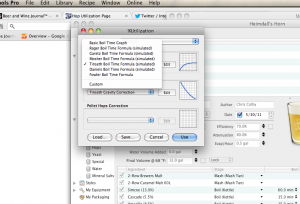
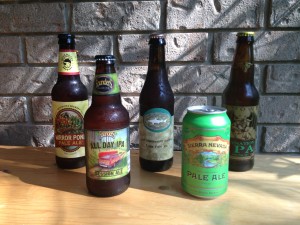
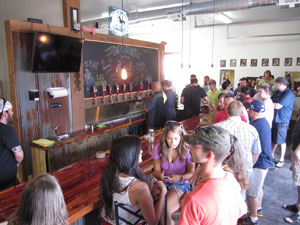
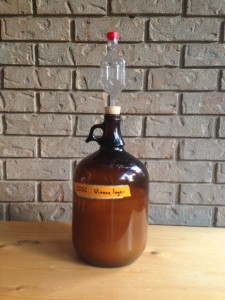
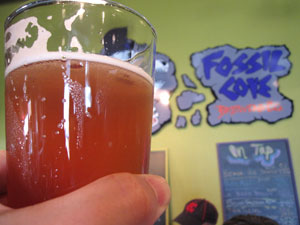


Recent Comments